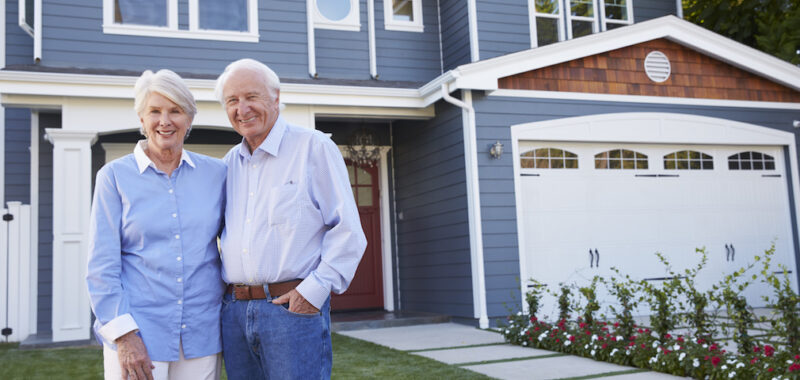As a vast majority of older adults prefer to remain in their current homes as they age, a key to successfully aging in place lies in preparation and adequate understanding of the dwelling, according to a new examination by the The Wall Street Journal.
The report cited 2021 data from Harvard University’s Joint Center for Housing Studies, which showed that nearly nine in 10 people age 65 and older lived in their own homes, but an ongoing issue relates to the homes themselves. Many are not adequately equipped to accommodate older residents.
Wider doorways that can accommodate wheelchairs, grab bars and non-slip mats in bathrooms, and uneven surfaces between room thresholds are just a few common issues seen in many homes. Modifications that can retrofit a home to minimize falls or other potential challenges can be key.
But paid in-home care may also be necessary, and the financial obligations for such care can be underestimated, according to Ken Dychtwald, co-founder and CEO of Age Wave, a company that specializes in aging issues.
“You have to consider the variables when you grow older,” Dychtwald told the outlet. “We think about child-proofing a home. How do you age-proof a home?”
Health research nonprofit KFF found that roughly half of the 65-and-older population “have had serious conversations with loved ones about future needs,” the Journal reported. That figure needs to go way up, Dychtwald said.
“Frank discussions with kids can be unnerving,” he said. “We talk about vacations and hopes and dreams for their lives. We need to have the same discussion about what to do when we get older.”
Adult children can help, but if the parents aren’t volunteering enough information about the responsibilities they can absorb, then the adult children will need to lay out what they can and cannot contribute.
The type of home itself can also be an issue, particularly if it has a lot of steps. These create hazards for older people since aging brings naturally occurring mobility issues, so living in a one-story home with no steps makes for an ideal aging-in-place environment.
But according to additional Harvard research, less than half of U.S. adults between the ages of 65 and 79 lived in “single-floor homes with a no-step entry,” a stark reality when considering that nearly one-quarter of older Americans endure a fall each year.
Andy Miller, who began AARP’s AgeTech Collaborative to bring technology companies together and offer aging-in-place solutions, spoke about the growing virtues of smart-home technology. These can allow tasks and devices in a home to be voice-activated. He has seen firsthand the benefits of such platforms with his own elderly parents, who live in Florida.
“They have voice-enabled everything,” he told the Journal.
Miller is overseeing construction of a new home with wood floors that contain no thresholds, which might cause a tripping hazard in later life. The house will also have safety knobs on the stove and ambient monitoring in several rooms.
But the financial costs also must be considered, the article stated.
“Financial experts say you should know what you have in savings and home equity to remodel if needed, understand what is — and isn’t — covered by insurance, and anticipate living expenses,” the Journal explained.
Home equity can play a role in financing home modifications or paying for in-home care. But interest rates will play a role in whether or not older Americans choose to employ it for such a purpose.
“In 2022, median home equity for 65 and older homeowners was $250,000, according to the Harvard study. About 60% of homeowners ages 65 to 79 are mortgage-free on their primary homes, the study found,” according to the Journal.

